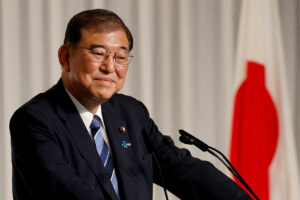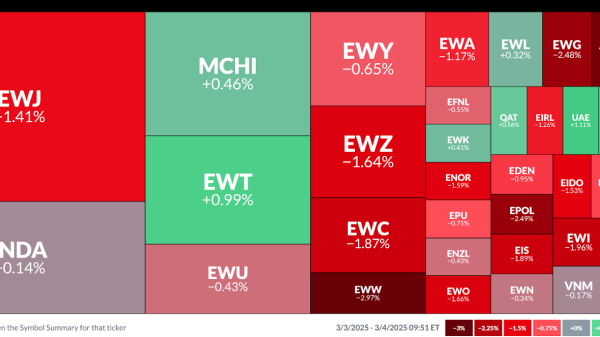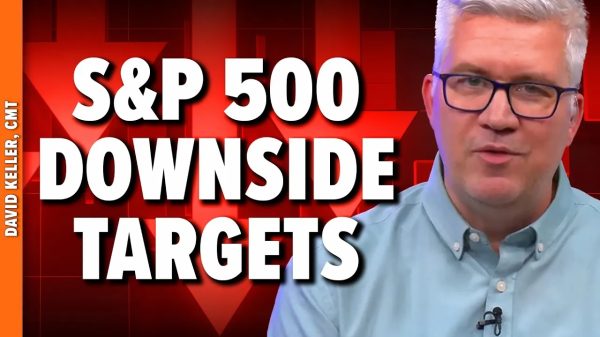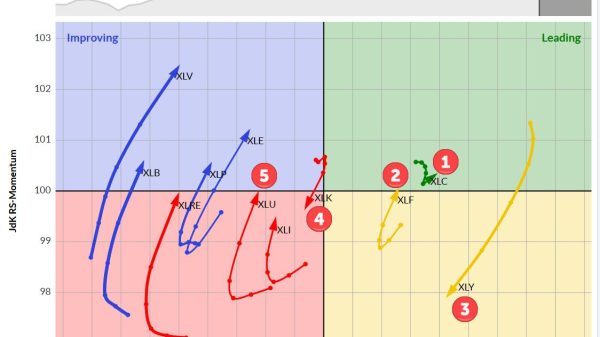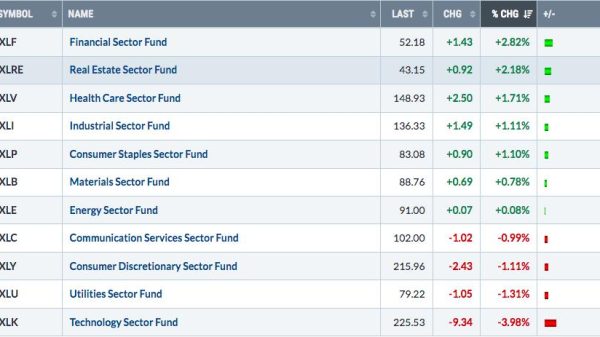Demands from developing countries for richer nations to help them pay for the damage caused by climate change and fund the shift towards a low-carbon future look set to dominate the next round of global climate talks starting in Egypt on Sunday.
Despite repeated calls for more help, actual financing offered to date has come nowhere near the estimated $1 trillion-a-year needed.
Here are some of the ways the money can get to emerging markets.
DEVELOPMENT BANKS
State-backed development banks, which finance projects to further economic and social progress, have increased their focus on climate investments over the last year.
The world’s biggest multilateral development banks increased their climate-related financing 24% to $82 billion in 2021 versus 2020 levels. Nearly two-thirds of the money went to low and middle-income countries, the banks said in a recent report.
The 2021 figure, however, remains a long way short of the estimated finance needed by emerging markets, and this year’s summit will likely include discussions of reforming development banks to accelerate climate financing.
A report by the world’s biggest asset manager BlackRock last year put the overall need at $1 trillion a year of public and private finance.
GREEN CLIMATE FUND
Set up in 2010 to disperse climate finance, the multibillion-dollar Green Climate Fund is one of the vehicles for handling the $100 billion-a-year pledged by rich nations to the poor.
The funds are meant to fuel the transition to clean energy and fund projects to help vulnerable countries adapt to a warmer world. But rich countries’ failure to meet a 2020 deadline for producing that funding in full angered many at COP26 and will be a key bone of contention in Egypt.
In 2020, rich countries provided $83.3 billion — falling $16.7 billion short of the target, the Organization for Economic Co-operation and Development (OECD) said earlier this year. Rich nations say they will be paying the full $100 billion by 2023.
In Egypt, the talks will address setting an even higher annual goal from 2025.
CLIMATE INVESTMENT FUNDS
Climate Investment Funds (CIF) is another influential multilateral investor which helps low- and middle-income countries adapt to and mitigate climate change.
Since 2008 it has supported more than 370 projects in 72 countries, using funds from donor governments and the private sector.
It is CIF’s work to finance climate adaptation — helping countries and communities live with and adapt to the effects of climate change — that is perhaps most important for this year’s COP27.
While $46 billion of adaptation finance was delivered in 2019–2020, according to think tank Climate Policy Initiative (CPI), this is just a tiny fraction of the $340 billion needed annually for adaptation in developing countries by 2030, as estimated by the UN Barriers to investment include a lack of common impact metrics, perceived lower returns and highly localized projects.
BLENDED FINANCE
Blended finance, which seeks to encourage private investors into riskier projects by blending it with money from concessional sources such as development finance institutions, is seen as a way to scale finance to emerging markets.
However, climate-related flows fell to $14 billion in 2019–2021 from $36.5 billion between 2016–2018, a 60% decrease, according to a recent report by data tracker Convergence.
LOSS AND DAMAGE FUNDS
Egypt has made the issue of providing finance for “loss and damage,” — climate-related destruction to homes, infrastructure and livelihoods in the poorest countries that have contributed least to global warming — a key focus for this year’s summit.
It will be the first time the issue has been added to the formal agenda, as wealthy countries have historically resisted creating a funding mechanism that could suggest liability for climate damages.
The United States and European Union remain wary of creating a special L&D fund, though, with Washington preferring to use other pots of money to help, as well as reforming multilateral development banks so they can provide more help.
DEBT-FOR-NATURE SWAPS
Developed market countries have lent billions of dollars to emerging market countries that could be written off, written down or repaid under more climate-friendly terms. While not a direct cash transfer, such debt forgiveness could, for example, include requirements for protecting natural resources.
Governments see so-called debt-for-nature swaps as a way to spur action on climate change, help the natural environment and support green growth in the developing world.
In a bid to help conserve some of the world’s most vulnerable marine ecosystems, Belize last year swapped a promise to protect the northern hemisphere’s biggest barrier reef for much-needed debt relief.
But examples of debt forgiveness linked to environmental commitments remain rare and progress on striking new deals has proven slow.
CARBON MARKETS
Many emerging market countries are also pinning their hopes on scaling up the still nascent market for carbon credits, both between nation states and between countries and companies, which are keen to offset some of their carbon emissions.
A credit could be generated by, for example, protecting a rainforest from being cut down, or by committing to rehabilitate degraded land.
While some campaigners have criticized the practice for what they see as enabling companies to avoid making hard decisions to stop emitting in the first place, the market could provide a way for cash-poor but nature-rich countries to raise revenues.
RETIRING COAL POWER
The developed world has pledged to pay developing countries directly to help them retire dirtier fuels such as coal-fired power.
Climate Investment Funds said last month it would allocate $1 billion to help South Africa and Indonesia move away from coal to clean power.
Donors last year also pledged $8.5 billion to accelerate South Africa’s transition to renewable energy, mostly in the form of concessional loans.
Negotiators are racing to conclude the deal before COP27 begins, in what they hope could serve as a model for other emerging economies.
SPECIAL DRAWING RIGHTS
The G20 group of the world’s biggest economies said in 2021 it was looking to boost vulnerable countries’ access to so-called Special Drawing Rights, or SDRs.
These are reserve assets available in emergencies and issued by the International Monetary Fund (IMF).
However, the IMF said earlier this year it was not actively considering the creation of new SDRs.
The IMF in August 2021 created and issued $650 billion in SDR assets to member countries to aid their recovery from the coronavirus disease 2019 (COVID-19) pandemic. Officials say most countries still hold these assets as reserves. — Reuters







